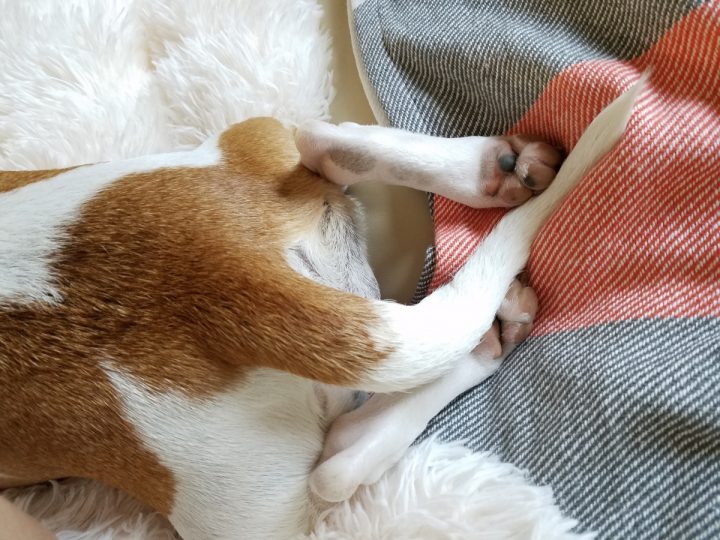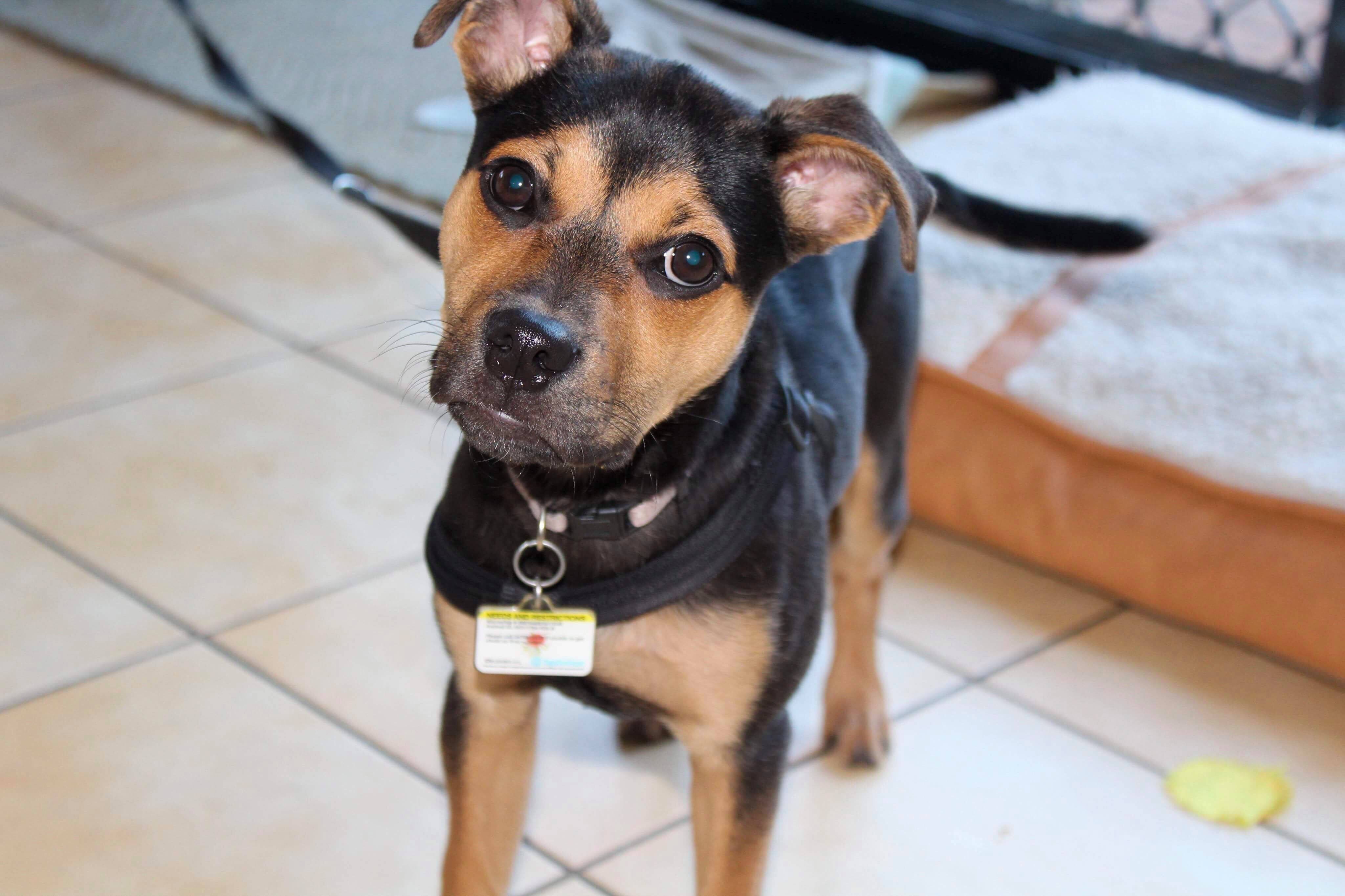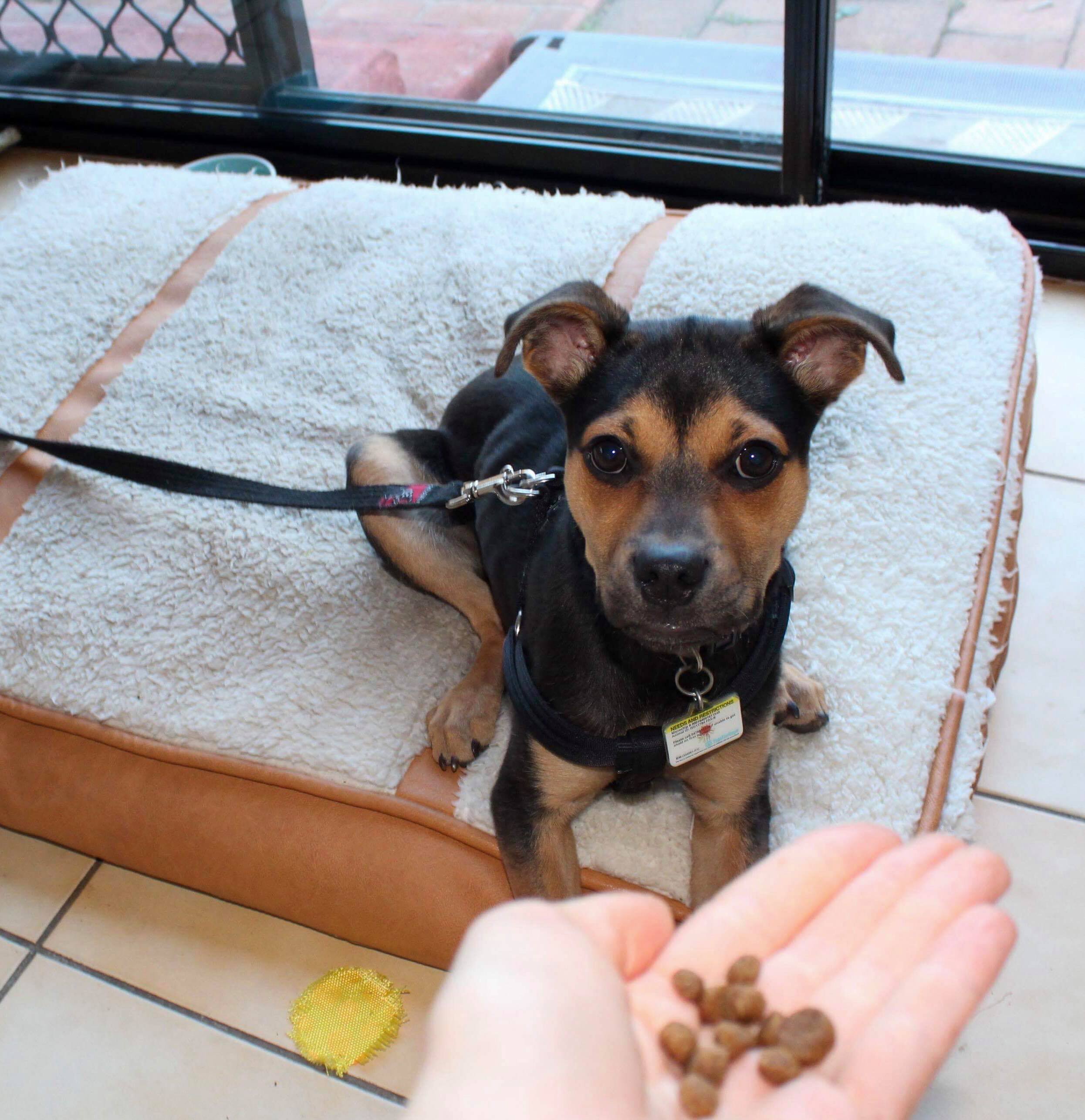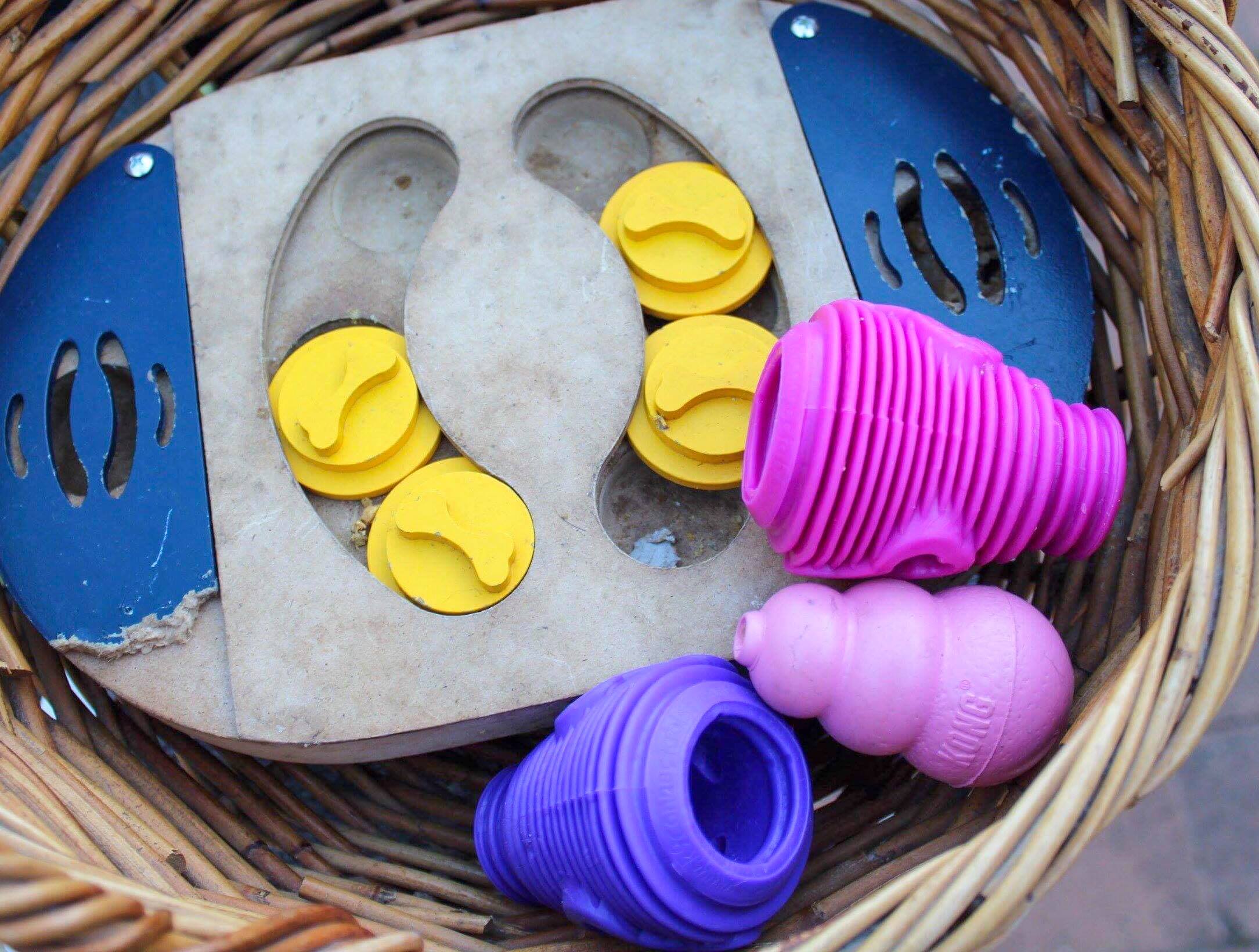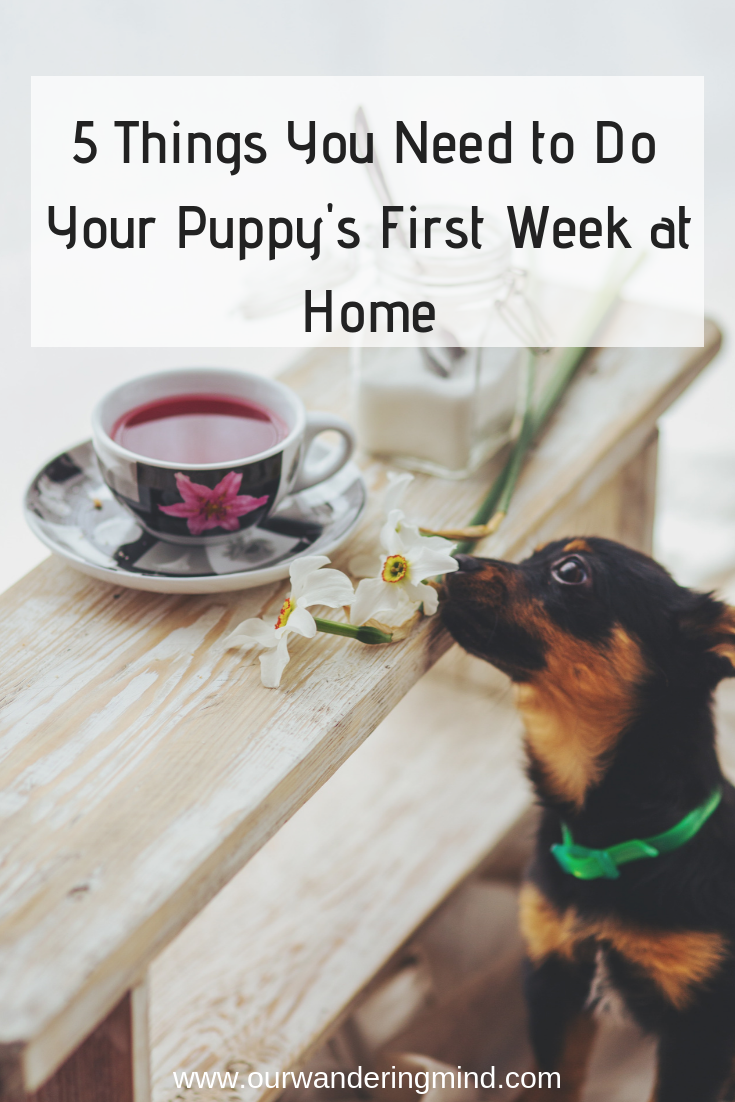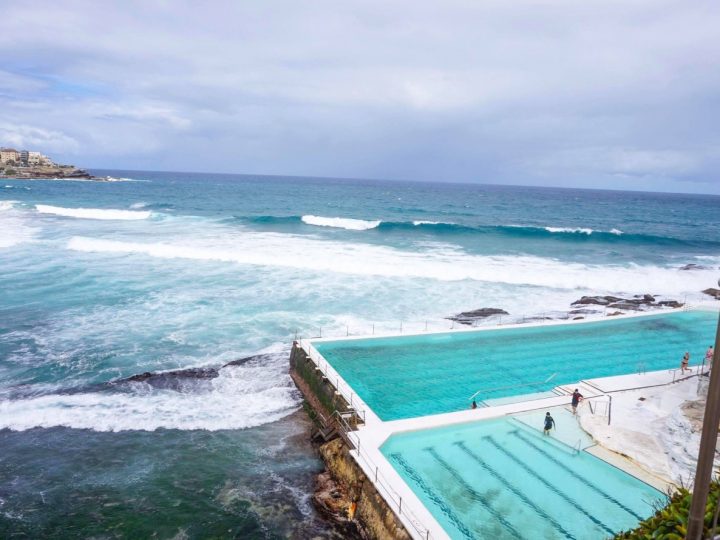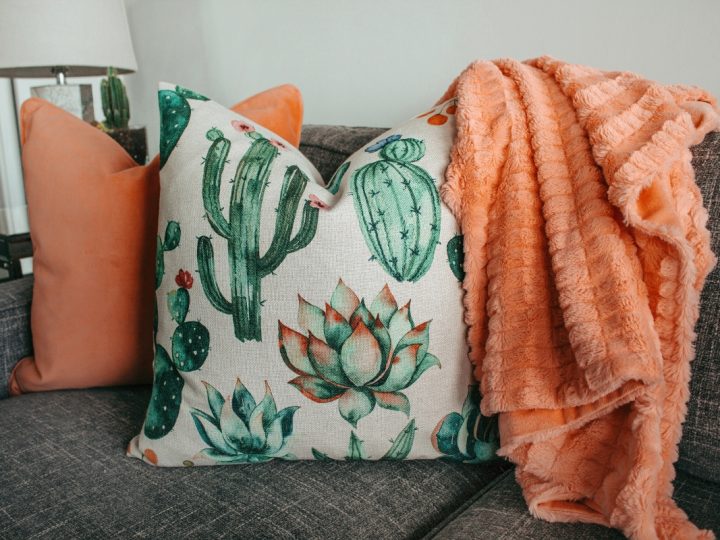Nearly two months ago, my partner and I added to our fur-family and adopted a new puppy; Freyja. If you haven’t checked out my first blog post in my “puppy series” and you’re thinking about getting a puppy, you definitely should.
In that post, I go in-depth of all the things you should consider when looking to get a new dog– things you may not necessarily think of but are vital in your happiness and your dog’s happiness.
You can click here to check out that post.
Today, I’m going to dive in a little more and talk about 5 Things You Should Do As Soon As You Bring Home Your Puppy. Of course, with anything, you need to do what works with you and your family. That being said,
here’s a list of 5 Things that I’ve learned with having a new puppy and what I either did or wish I did when we brought Freyja home.
1.) Set Up a Confinement Area Straight Away.
I used to think confinement areas were cruel and mean, but they’re actually very beneficial for the puppies safety and also importantly your sanity. Confinement areas are a confined space where the dog is safe from any harms way.
Your confinement area should include the following:
- a crate with comfortable bedding
- Plenty of water
- different types of toys (hard and soft toys)
- a grass pee pad for the dog to go to the bathroom
With this confinement area, your puppy can stay in there while you’re away at work or doing household chores. Since as I mentioned in my first puppy post: Choosing the Right Dog For You, puppies require constant attention and get into a lot of things. If you’re unable to give them constant attention, you can put them in this confinement area and you know they’ll be safe and comfortable.
Our mistake with this is that we started the confinement area a week and a half after getting Freyja. This means she was already starting to get into a routine which was a little difficult to get her used to the confinement area at first.
If they come straight into your home with the confinement area set up, they’ll be much more relaxed and comfortable in the space.
If you would like to learn more about confinement areas specifically and see our puppy confinement area, check out my blog post- Why You Need a Confinement Area for Your Puppy.
2.) Sign up for Puppy School Immediately
This was another thing we waited about a week after getting Freyja to do. A lot of puppy schools you may be able to get in the following week of signing up, but our puppy school had a waitlist to get in. That meant we weren’t getting her in until she was about 10 weeks old.
8-15 weeks is a vital time for puppies to learn behaviors and manners that make them into confident, friendly, and calm adult dogs. Although we’re still putting in the work, it’s a little bit harder and I wish because of that we started a little sooner.
I also recommend doing your research on puppy schools and the training they teach you. We attended puppy school that was a little more expensive than the other ones offered in the area, but we got so much more out of it.
The training that we attended was all about removing any force and allowing the puppies to make good choices and be happy, confident, and well-socialized dogs. I also plan on going more in-depth about training and what kind of styles to look for when training your dog on my blog in the next few weeks.
If you’re located near Sydney, Australia we used Polite Paws Training and extremely happy with everything.
3.) Hand Feed
One of the first things we’ve learned from our trainer is to get rid of the food bowl. Hand-feeding your dog not only gives you a closer connection with them, but you’re also wasting tons of rewards by just feeding them in a bowl! We hand feed Freyja in the morning and evening and sometimes throughout the day. If we fed her separately, she’d be getting so much extra food with all the extra treats getting from training that it wouldn’t be healthy.
We also found that sometimes treats make her a little too excited, so sticking with just dry food helps her stay focused while still being rewarded.
Using food is a great way to reinforce good behavior or teach a new trick. We’ve found it extremely beneficial and we continue to hand feed regardless if we’re doing training exercises or not.
4.) Stock up on Food Toys
Another thing that I didn’t think of is food toys. I thought they were just fun toys for dogs to have, but it’s actually so important for your dog to have food toys for mental stimulation and to fulfil their need to hunt for their food.
Food toys are amazing when you have to leave the house. It keeps your pup busy and their mind active and keeps your house quiet and mess-free! There are many things you can stuff your food toys with, such as peanut butter, wet dog food, or even soaked dry dog food. This ensures that your puppy is getting some food while you’re not home, but also keeps them busy and mentally stimulated.
5.) No Sleeping in the Bedroom
This goes back to the confinement area, but when we first got Freyja, we were crate training her and had her sleep in our bedroom, on the side of our bed, in her crate. I read online a lot that this was a common thing to do and helps the dog feel comfortable in her new home and in their crate.
However, even though this may have soothed her to sleep, it nearly drove us mad.
A week and a half of no sleep did not do great things to us! We would take her out a few times in the night, whenever she would start to whine, to let her go to the bathroom outside, but because of this, we would only get a couple of hours of sleep, which made us go crazy.
I found that not only were my partner and I bickering with each other with lack of sleep, but we also didn’t have the motivation and especially the patience to train Freyja. As soon as we moved her into the confinement area and got a proper nights sleep, Nathan, myself, and Freyja were so much better off.
Of course, there are probably a hundred more things we could have done differently during our first week of having a new puppy, but these are the 5 Things that I definitely wish we did differently. If you’re looking to get a puppy, I would highly recommend doing the following before the puppy arrives home or at least do your research so you’re more prepared.
If you’re struggling with a new puppy, it’s not too late to adopt any of these changes. The sooner the better.
Did you just get a new puppy or are planning on getting one in the near future? Let me know in the comments down below!

